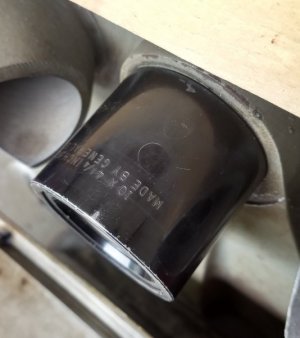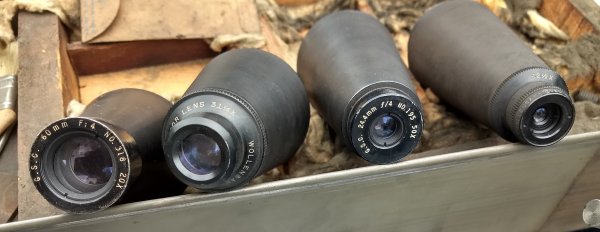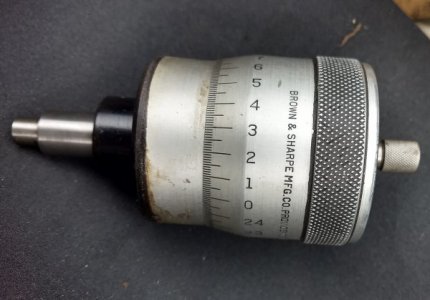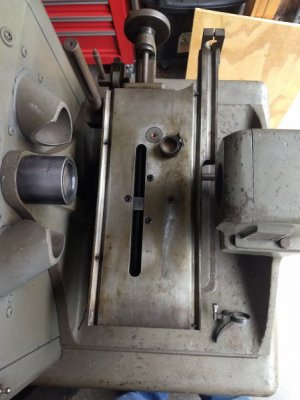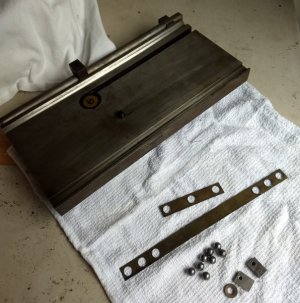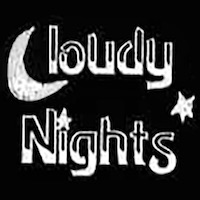- Joined
- Jul 13, 2017
- Messages
- 636
I too would be very careful cleaning your mirror and it may be best to remove it before proceeding.
A mild dish soap with gentle rinse and pat dry.
I had a Scherr-Tumico comparator and found the 10X lens the easiest for transposing measurements.
Also came with a set of centers which iirc replaced the XY stage and a useful surface illumination light fixture.
A mild dish soap with gentle rinse and pat dry.
I had a Scherr-Tumico comparator and found the 10X lens the easiest for transposing measurements.
Also came with a set of centers which iirc replaced the XY stage and a useful surface illumination light fixture.


